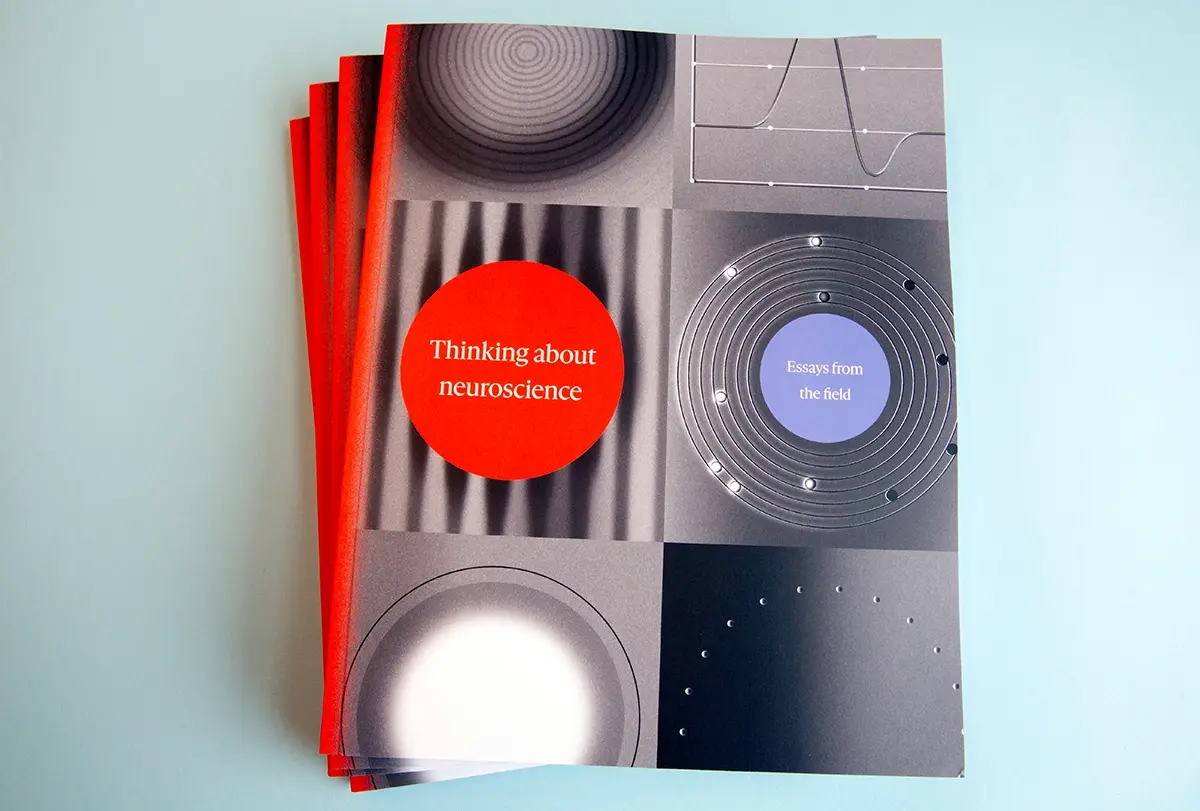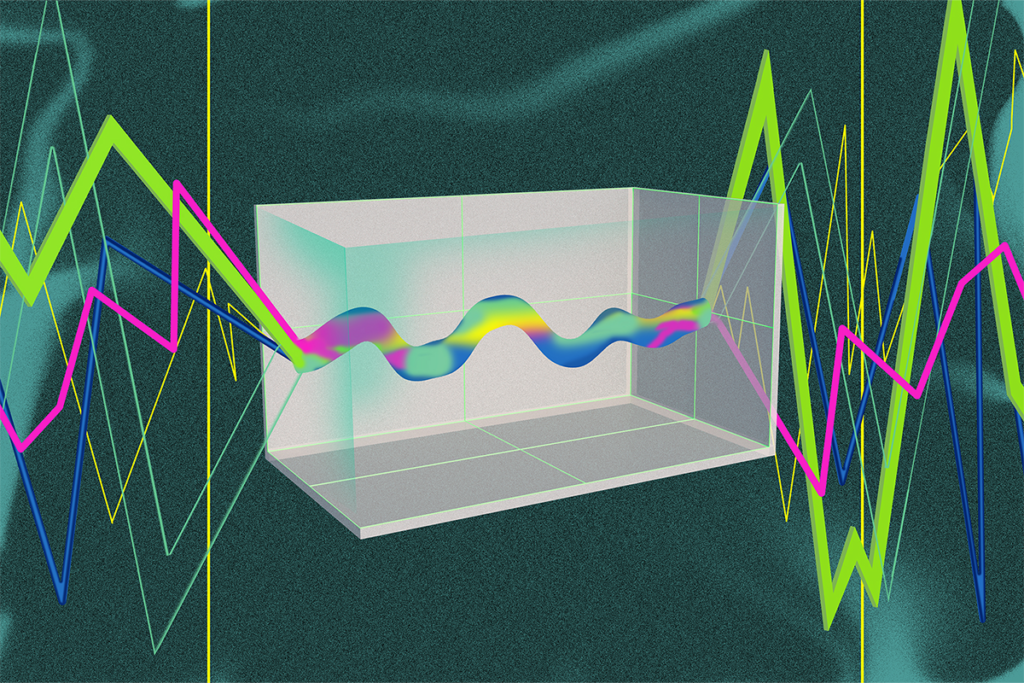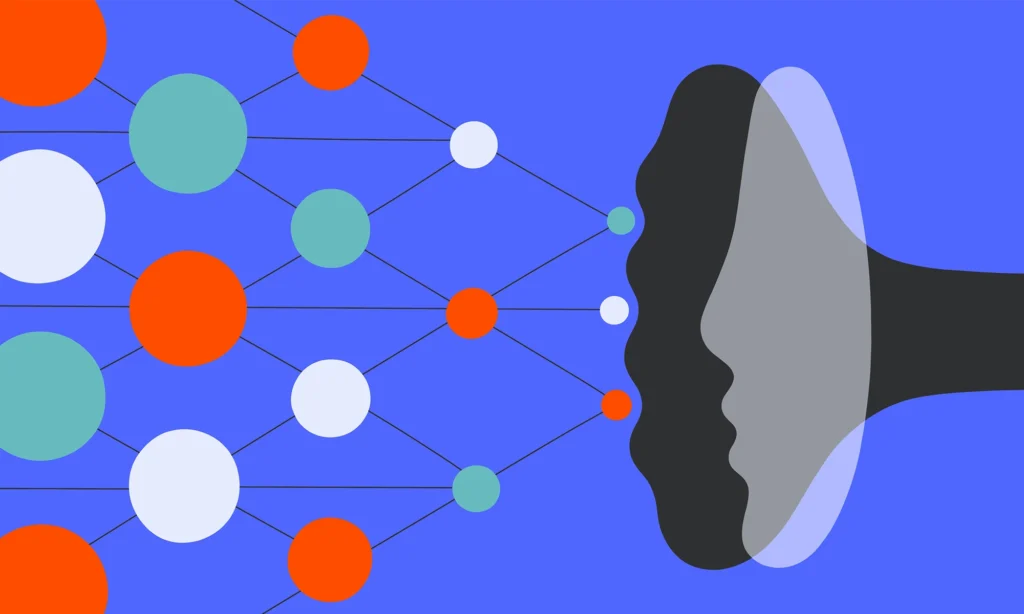As part of The Transmitter’s first annual book, which features our favorite essays from our first six months, we asked some of our contributing editors what they think the field should focus on in the years to come. Read their responses below, and download the full book, “Thinking about neuroscience: Essays from the field.”

Future watch: What should neuroscience prioritize during the next 10 to 20 years?
For The Transmitter’s first annual book, five contributing editors reflect on what subfields demand greater focus in the near future—from dynamical systems and computation to technologies for studying the human brain.
The field is increasingly embracing the notion that the brain is a “complex dynamical system” where causes lead to effects that feed back as causes—this happens through feedback loops within the brain and interactions between the brain and the environment. From ecology, engineering and other fields, we know that when complex dynamical systems go awry, they can be exceedingly difficult to restore. Tackling that challenge will be the key to developing treatments for the billions of people with brain conditions of nearly every type, from Parkinson’s disease to psychosis.
How do brains compute? Neuroscientists have learned a tremendous amount about the “parts” of the nervous system: the molecules and cells that make up the brain. What we still haven’t figured out is how these parts work together to enable animals to outperform artificial intelligence on almost all tasks that require interaction with the real world: planning, sensorimotor interactions and balancing multiple goals—tasks that define an “embodied Turing test.” Tremendous advances in computational and circuit neuroscience, as well as in AI, put these questions within our reach in the next decade or two.
Mechanistic basic research on the human brain. We have learned enough from model systems over the past few decades that we can now apply these tools and insights to the human brain. Emerging or rapidly improving methods include organoids and assembloids, neuroimaging, extracranial stimulation (TMS, tDCS) and recording (EEG, MEG), single-unit recording over days or weeks in surgical patients, multiomics and spatial transcriptomics on postmortem tissue, transplants of human neurons into mice (not chimeras), and brain-computer interfaces.
I think that a major priority for the next 10 to 20 years should be a shift from the current focus on data to a heavier focus on theory. The past two decades have seen the development of an amazing set of tools for the measurement and manipulation of neural systems, and with those tools has come an onslaught of data. Unfortunately, the initial optimism that more data would provide direct insight into brain function and structure has been dashed on the rocks of the immense complexity present in those data. I think that we need to balance the focus on increasingly sophisticated biological tools with more focus on the development of theories that can help us understand these massive data.
I’d like to take a step back, because I am not convinced that it is a good idea to set priorities for neuroscience. I appreciate that several might answer this question by saying “translational studies, because we need to help those with brain disorders.” I agree with the sentiment but would argue that for the vast number of brain disorders, we have little basic knowledge to translate. Instead, I think the most progress in understanding how the brain works (and therefore what to do when the brain isn’t working so well) is built by encouraging researchers to follow their curiosity. We never know when and from where the next big, potentially life-altering finding will be made. I would hate to see the potential ground-breaking discoveries of my colleagues limited by a top-down imposition of committee-defined priorities.

Recommended reading

Open-access neuroscience comes to the classroom: Q&A with Liz Kirby

The Transmitter’s favorite essays and columns of 2024

Say what? The Transmitter’s top quotes of 2024
Explore more from The Transmitter

Six new neuroscience books for fall—plus five titles you may have missed

